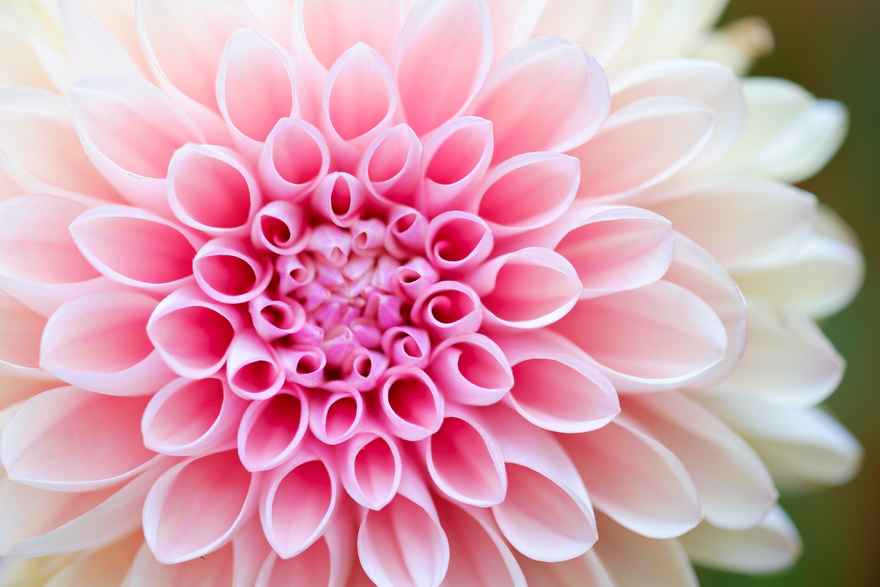Deep noticing.

When you hear the phrase “descriptive writing,” what comes to mind? Reading long, boring passages of blah-blah? Or being drawn into rich and delicious scenes that make you lose track of time, and forget that you're reading?
I’ve had my share of both kinds of descriptive writing, both as a reader and a writer. In my experience, the details and passages that reliably draw me in and make feel like I’m there come from writers who were present while they were writing these scenes.
Instead of intellectualizing the description, writers with presence become the consciousness of everything they are writing.
In other words, story is a state of mind.
This comes from being in flow. You’ve probably experienced this when you freewrite: you lose track of time, maybe even forget what you’ve written, and surprise yourself when you read it later. That’s because when you’re in flow, you aren’t doing your usual analytical thinking, editing and second-guessing.
You found a way to be present within the scene you were writing.
Can you be present in your writing more reliably, so it isn’t something that just happens once in a while? And is it possible to stay in this state of mind even when you’re doing more mental work, like plotting out your structure, editing, and revising?
Yep. This is my wheelhouse. If you want to be more present in your writing, keep reading.
Sitting meditation practice is good, but it's not the only way to cultivate presence. I learned how to be present in my writing from my first writing mentor, Natalie Goldberg, and later, from Lynda Barry. The two women teach very differently, but both of their methods bring me to similar flow state. (They're both Buddhist; this may have something to do with it.) If you haven’t read their books on writing yet, here are two classics you should have on your shelf:
Writing Down the Bones by Natalie Goldberg
What It Is? by Lynda Barry
I call this practice of writing with presence deep noticing.
There’s a way to describe something from the outside, as though you’re separate from it, and then there’s a way to describe something from the inside, knowing that you are a part of it.
Deep noticing opens us to seeing how separate things are deeply connected.
It takes us out of ourselves, which makes us available to wonder. That perspective on not-knowing helps us meet our writing with curiosity, not pressure. Astonished, not anxious.
Dropping into our bodies is a way to drop through the portal and find our flow. This is what I mean when I talk about embodied writing.
It infuses energy into the scenes we write, because then the reader’s senses are highly involved in the images you use language to describe. This is how we know things first — our body perceives the world through our senses. Then our mind begins to “make sense” of it.
When we write without intellectualizing, write from our senses first, then our readers feel our scenes the way they experience their life — through touch, smell, sound, taste, and sight. Their minds begin to analyze this data, and make meaning out of it.
That’s when they feel like they are right there, living in the story.
-
Deep Noticing is: Seeing what is without a story attached. Quiet your explainer-mind so you can observe through your body. Experience your connection to all things with a sense of curiosity and wonder.
-
Deep Noticing feels like: A very sensory experience. Visual. Textural. Aural. It’s accessing what can’t be put into words. The transparent yellow of morning light, the scent of gasoline mixed with cocoa butter, or the whispered voices of a character from another dimension.
-
Deep Noticing in your life: Be the weirdo at the table who closes your eyes to pay close attention to the taste of your peppermint tea. Regularly stop what you’re doing and thinking to slip into your body. Feel the ground under your feet, the chair under your hips.
You don’t have to worry about capturing anything. When you arrive at your writing desk, you may be surprised by all the details that you noticed: they’re right there, waiting for you. -
Deep Noticing in your writing: Put yourself in the scene, and listen to how your body feels. How does the air taste? What is your character seeing? What do they feel in their body? The details and images that come to mind may seem unusual or random — trust them. Soon enough, you’ll be stumbling upon meaning and metaphors that shimmer with freshness.
Deep noticing connects us to each other through shared consciousness, emotion, beauty, and fascination.
This is why I created the Story Course and started the Story Intensive in the first place. It’s a place where writers can learn craft while they write from an embodied place. To respect your intellect and your intuition, and write without disassociating yourself by intellectualizing.
Close your eyes and take a deep breath. What do you notice happening around you or within you, right now? What are the sensory data that your mind is turning into meaning? Without analyzing the colours, shapes, sounds, and textures and making up a story about them, what are you really experiencing?
Now you’re deep noticing.
Write a description with that level of detail, and then watch what happens when someone reads it.

Photo credit: Akira Hojo on Unsplash.
Disclosure: This post contains affiliate links. If you purchase something using one of these links, I may earn a commission. I only recommend books or products I trust.

1 comment
Wonderful, thank you!
Leave a comment